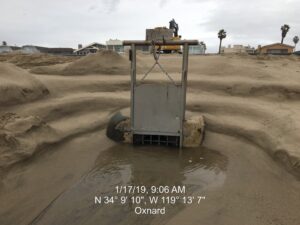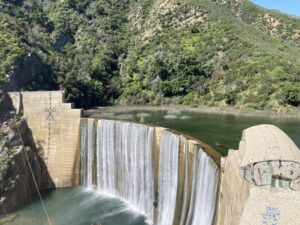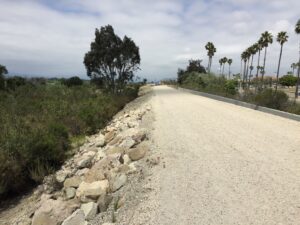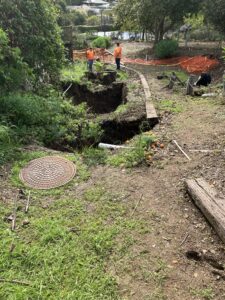MISSION STATEMENT OF THE VENTURA COUNTY PUBLIC WORKS AGENCY – WATERSHED PROTECTION (VCPWA-WP) DESIGN AND CONSTRUCTION (D&C) SECTION: ‘BUILD FACILITIES TO PROTECT LIFE, PROPERTY AND WATERSHEDS FROM THE DANGERS OF FLOODS’.
The D&C design teams strive to engineer quality designs and construct facilities that protect the communities and watershed environments of Ventura County through a combination of in-house design engineering, project oversight and management, and employment of highly qualified consultants. Public Works Inspectors use their construction experience to work with contractors and residents to complete projects safely while following construction standards. Our Environmental Services section provides environmental compliance guidance and services to District, Division, and County citizens as required by federal, state, and local regulations and policies.





